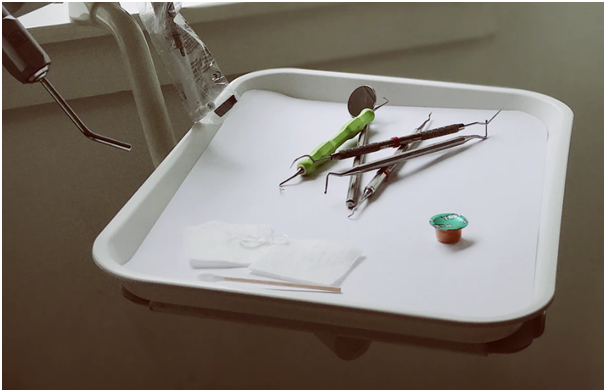Anaesthesia is important to help alleviate pain and discomfort during dental procedures. Dental anaesthesia is used in the dental office to reduce negative sensations during various dental procedures.
Most of the dental anaesthesia used acts on your mouth while keeping you conscious during the procedure. This medication creates a numbing effect on your nerves for various invasive dental procedures. The numbing effects wear off after some time after the procedure.
The sole aim of anaesthesia in dental procedures is to help keep the patient comfortable and feeling less pain during and after a dental procedure.
Types of Dental Procedures Where Anaesthesia Is Used
The following are 5 types of dental procedures that require anaesthesia.
- Tooth Extraction
Tooth extraction can be an invasive procedure that requires the use of local anesthesia. The anaesthesia is administered some minutes before the procedure to numb your gums for a less painful tooth extraction.
- Root Canal Procedure
Root canal procedure also requires the administration of anaesthesia. The procedure can be painful and invasive and therefore anesthesia will help keep you comfortable and feel less pain.
- Wisdom Teeth Removal
Wisdom teeth grow later on in life. This means that they can be uncomfortable as they try to fit in your mouth. In most cases, these are removed and since they are in an inaccessible place the removal procedure can be uncomfortable and painful and hence the anaesthesia.

- Filling Cavities
This procedure requires anaesthesia because it is uncomfortable as various surgical tools are used such as a drill.
- Dental Implants
The dental implant procedure is highly invasive and requires general anaesthesia. This will put you to sleep during the procedure and you will be unconscious.
There are various types of dental anaesthesia. These are divided into 3 groups. The local, sedative and general anaesthesia.
Local anesthesia - This is used to numb a specific part of the mouth where the procedure will be carried on. It works by blocking the nerves from transmitting pain to the brain.
General anesthesia - This is used for more invasive dental procedures such as dental implants. This makes you unconscious throughout the procedure.
Sedation - There are several levels of old sedation ranging from minimal to deep. Sedation provides a calming effect and the ability to wake up the patient if needed.
These are the various types and situations where dental anaesthesia is used. If you have a dental condition, get in touch with Admire Dentistry to book an appointment. They offer several high-quality dental services to restore your smile.
a